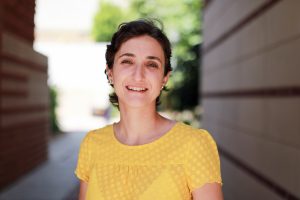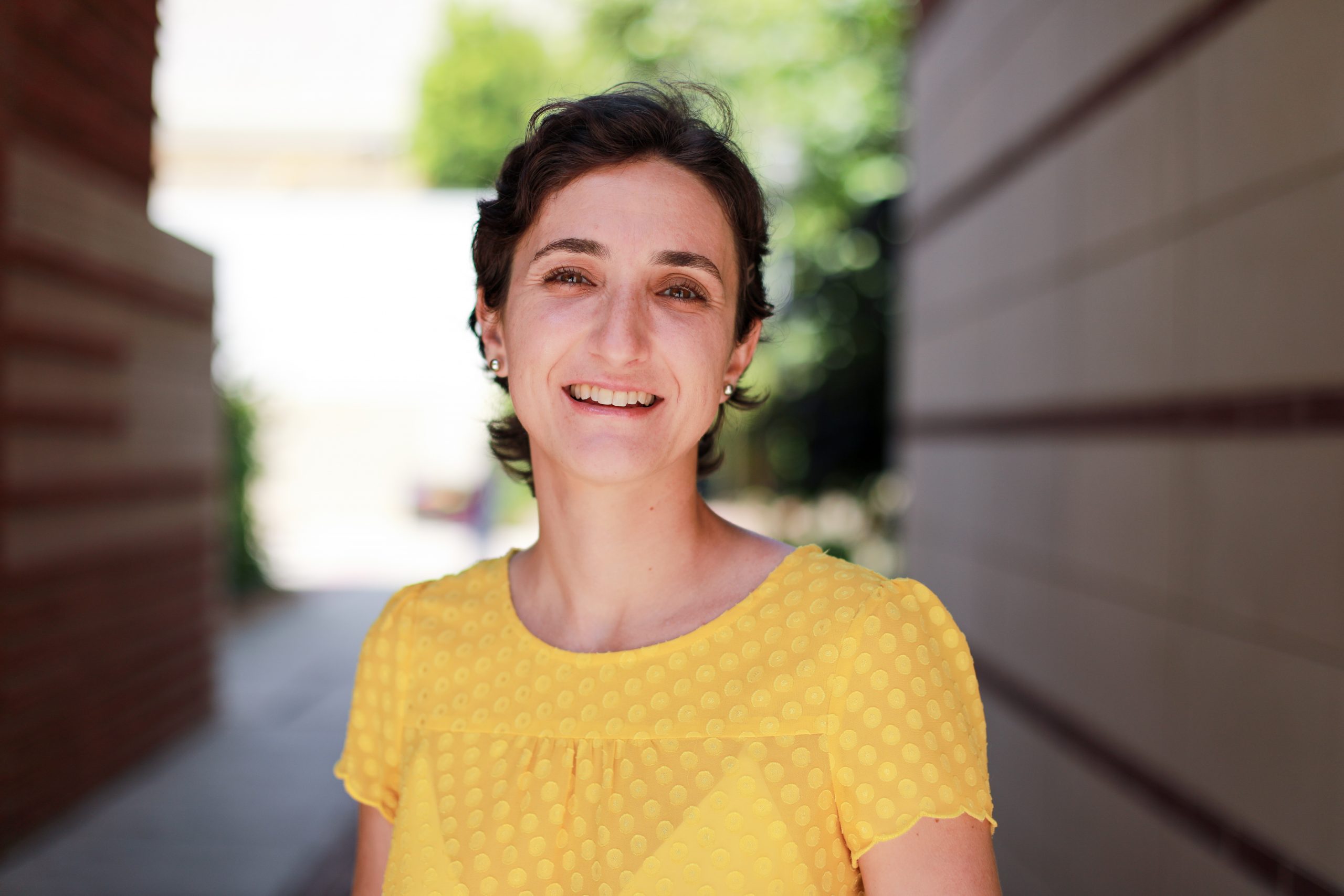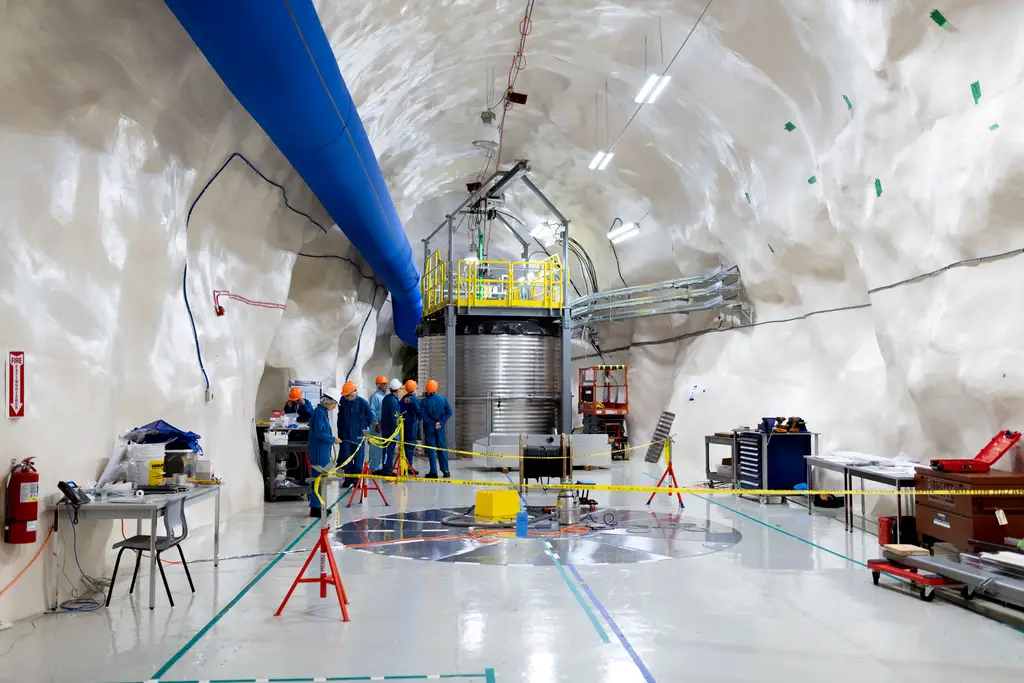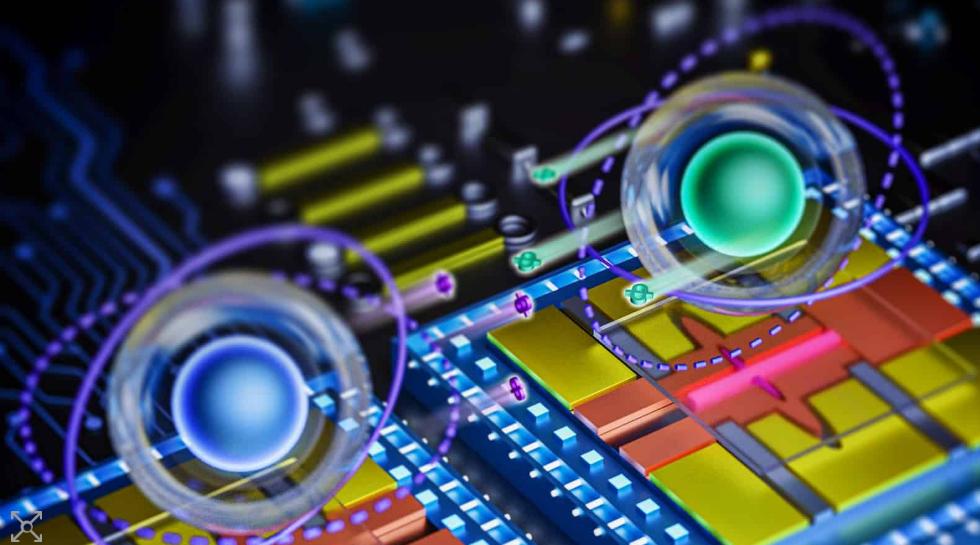
As quantum scientists and engineers struggle to control delicate quantum states, they might not expect any lessons from the warm, wet biological world of living organisms, but the Quantum Biology Tech (QuBiT) in UCLA’s Samueli School of Engineering reports that Nature might have more than a few lessons for the quantum scientists.
Clarice Aiello, a Brazilian quantum engineer and leader of the QuBit research group, is dedicated to performing quantum measurements on “living sensors,” such as proteins, cells and microorganisms, to better understand how they interact with their environment.
Aiello said that gathering this knowledge can offer lessons in quantum information strategies for quantum computing engineers and developers, as well as point the direction toward possible medical treatments and interventions.
“One of our group’s research goals is ‘Can we learn with nature?” said Aiello. “The goal is not to replace Google’s wonderful quantum computer, but to probe if we can use some strategy that nature uses to make a quantum computer more resilient. For instance, if nature is really harnessing quantum effects, then nature knows very well how to deal with noise.”
There is already research that suggests that nature is quite able to cope with noise — or a loss of coherence, in quantum computing terminology. For example, Aiello said that researchers are starting to build models of how cryptochromes, proteins found in plants and animals that are unusually sensitive to blue light, may be involved in quantum effects that help animals, like birds, navigate using the earth’s magnetic field. Researchers are also exploring whether evolution played a role in helping nature leverage quantum effects.
“For example, there are some simulations — which are part of the data that we will be getting in my lab — that suggest that this protein, cryptochrome, has its highest magnetosensitivity at magnetic fields very close to the Earth’s — which might be a coincidence or it might be that the protein evolved to work best in the environment where it found itself,” said Aiello. “And this is something that we can actually test in the lab by modifying the protein.”
Another way the study of nature could lead to improvements in quantum computing is chiral-induced spin selectivity.
“If you have an electron that has a spin going through a molecule with a chiral symmetry — with a mirror symmetry, like a helix — where the pitch is tight enough, there is a coupling of the electron’s spin with its motion and effectively, it’s as if there was a magnetic field along the axis of this helix. So, electrons with one spin up are better transported in one way and other electrons with spin down are more well transported the other way. If you collect the electrons collected by the molecules at one end, thermally, you expect a more 50 percent up and 50 percent down because it’s room temperature but depending on the material you find crazy high spin polarizations — say, like, 60-40, 80-20, 95-5.”
“If you talk to people who do quantum computing, this is almost like initializing your spin qubits. And that’s not trivial to initialize spin qubits — but, apparently, Nature can manage it! I think that’s another area where quantum computing could benefit from thinking about those things.”
She adds that these types of spin polarizations resemble work done in quantum computing.
“If you talk to people who do quantum computing, this is almost like initializing your spin qubits,” said Aiello. “And that’s not trivial to initialize spin qubits — but, apparently, Nature can manage it! I think that’s another area where quantum computing could benefit from thinking about those things.”
Aiello said that investigations could one day lead into human-engineered chiral structures to serve as interconnects to transport quantum information, or as a way for quantum computer engineers to initialize or polarize their systems.
Treatments
Aiello said that these investigations could one day lead medical treatments and interventions.
“This is the second branch of the goal of our research. The first branch is learning strategies from nature to help technological quantum processes. The other branch is: Can we use the quantum degrees of freedom to drive and use physiology?”
“This is the second branch of the goal of our research,” said Aiello. “The first branch is learning strategies from nature to help technological quantum processes. The other branch is: Can we use the quantum degrees of freedom to drive and use physiology?”
For example, there is evidence that the same spin mechanism that helps some birds navigate may also play a role in metabolic regulation. If so, this could lead to medical treatments, perhaps even devices that can speed wound healing.
“All of those processes involve ‘loose’ spins,” said Aiello. “If you think about reactive oxygen species — the things that you take antioxidants for because they can harm you — all of these things have dangling electrons. There are studies that show that the production of reactive oxygen species are regulated in a magnetic field that is consistent with the exact same spin model that I discussed. And it can be controlled.”
Future Research
In the future, the team is planning to investigate fast spin dynamics.
“This is on the bio side, but one of the things we’re hoping to do is correlate and try to control fast spin dynamics and see what effect it plays in a single cell as a whole under physiological timescales,” said Aiello. This means we’re going to have a microscope with coils to influence spin proteins. The influence is (millisecond resolution) and will be measured using occupied dynamic resonance. This approach will allow us to correlate the spin states with the cellular metabolic state using regular fluorescent dyes.
Because magnetic fields present a significant hurdle for space travel, the team is also considering ways this research could help future space missions.






















